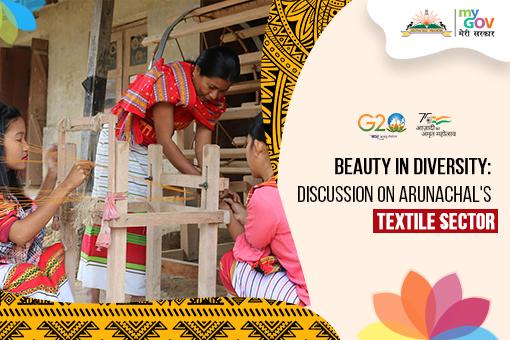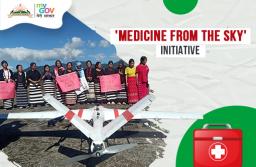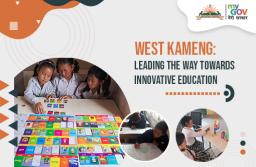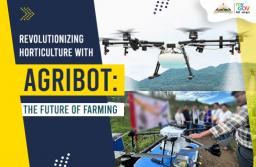Arunachal Pradesh traditionally known for its mesmerizing landscape is also home to a rich textile and handicraft industry. And because the state houses more than 20 major tribes and 100 sub-tribes, it is known for its diverse range of handloom and handicrafts, which are a reflection of the region's rich cultural heritage and traditional practices.
Handloom & Weaving: The handloom weaving industry is a significant source of employment in Arunachal Pradesh. The state is renowned for the excellent handmade textiles crafted by skilled weavers. The different tribes of Arunachal Pradesh weave using a variety of methods and designs to produce a wide range of textiles. Every tribe in the state has a distinctive weaving technique that is passed down from generation to generation. Each piece is distinctive and a testament to the weavers' abilities owing to the elaborate designs and patterns used in the weaving procedures.
The handloom weaving industry has enormous potential in Arunachal Pradesh, and many organizations and government bodies are working towards preserving and promoting this traditional craft. The state government has established a Handloom and Handicrafts Development Corporation to provide financial assistance, training, and marketing support to the weavers. The corporation also provides raw materials, looms, and other equipment to the weavers to create quality products.
Handicrafts: Arunachal Pradesh is also known for its diverse range of handicrafts, ranging from woodcarving to basketry. Each tribe in the state has its unique craftsmanship, creating beautiful products that showcase their traditional practices and cultural heritage. Some of the popular handicrafts of Arunachal Pradesh include bamboo and cane products, pottery, woodcarving, and beadwork. Pottery is another traditional craft that has been practiced in Arunachal Pradesh for generations. Woodcarving is a traditional craft that is practiced by many tribes in Arunachal Pradesh with beautiful patterns and beadwork is another popular craft in Arunachal Pradesh and is typically used to decorate clothes, bags, and jewelry.
Marketing and Export Opportunities:
Arunachal Pradesh's textile and handicraft industry has great potential to grow and expand. The state government has taken many initiatives to market and promote these crafts, particularly at the national and international levels, after realizing their full potential. The government has established several emporiums that sell these products and also participates in various trade fairs and exhibitions to showcase these crafts.
Furthermore, several NGOs and private organizations are working to create long-term employment opportunities for local artisans. These organizations train and empower artisans to produce high-quality goods while also assisting them in gaining access to markets.
MyGov Arunachal Pradesh invites citizens to share their valuable opinion and suggestions on how we can promote and market these local crafts to increase their reach and visibility.













BrahmDevYadav 2 years 5 months ago
What is a big problem with the textile industry?
Textile production is estimated to be responsible for about 20% of global clean water pollution from dyeing and finishing products. Washing synthetics releases an estimated 0.5 million tonnes of microfibres into the ocean a year.
BrahmDevYadav 2 years 5 months ago
What are the factors responsible for textile industry?
1.Raw Material:- It is an agro-based industry and variability in the supply of raw cotton
affects the production, there it requires constant supply of raw material.
2.Labour:- It is a labour intensive industry and requires cheap labour.
3.Climate:- Cotton requires black soil as well as hot and humid climate.
BrahmDevYadav 2 years 5 months ago
What are the four main problems faced by the textile industry?
1.Shortage in supply of raw materials.
2.Increase in the cost of raw materials.
3.Environmental problems.
4.Infrastructure bottlenecks.
BrahmDevYadav 2 years 5 months ago
Which three inventions improved the textile industry?
The textile industry was greatly impacted by a number of new inventions such as the flying shuttle, the spinning frame and the cotton gin.
BrahmDevYadav 2 years 5 months ago
Who improved textile mills?
Samuel Slater introduced the first water-powered cotton mill to the United States. This invention revolutionized the textile industry and was important for the Industrial Revolution.
BrahmDevYadav 2 years 5 months ago
What are two sources of textile waste?
The main source of textiles in municipal solid waste is discarded clothing, although other smaller sources include furniture, carpets, tires, footwear and other nondurable goods such as sheets and towels. There also is data specific to clothing, footwear and towels, sheets and pillowcases.
BrahmDevYadav 2 years 5 months ago
Why is it important to reduce textile waste?
Old clothing can be difficult to recycle and the market for recycling textiles is flooded with poorly made clothes that have limited use in other products, this has led to landfill sites and bins full of textiles. Reusing clothing is 70 times better for the environment than producing new clothes.
BrahmDevYadav 2 years 5 months ago
What are four ways to reduce pollution?
1.Reduce the number of trips you take in your car.
2.Reduce or eliminate fireplace and wood stove use.
3.Avoid burning leaves, trash and other materials.
4.Avoid using gas-powered lawn and garden equipment.
BrahmDevYadav 2 years 5 months ago
Why should we reduce textile waste?
Textiles are an integral part of daily lives and the global economy but their production and consumption often leave a global footprint of waste and pollution behind. A circular economy for textile can eliminate waste in the industry, which is a core sector of economies in the developing countries.
BrahmDevYadav 2 years 5 months ago
How can we reuse textiles?
Mend old textiles and keep using them if possible, instead of throwing them away. Textile pieces can be used to make crafts such as cushion covers, teapot cosies, laptop covers, leg warmers, quilts, new accessories i.e. woven scarves, socks, and hats and so much more.